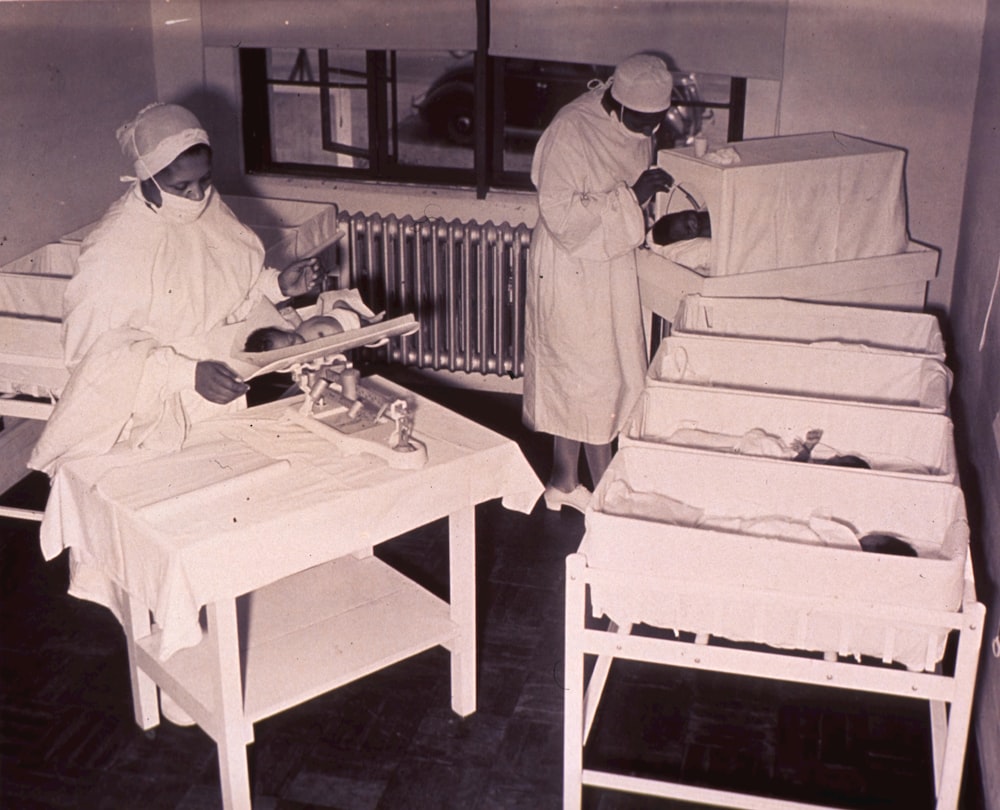Weight loss surgery, also known as bariatric surgery, is a serious medical procedure that can be a life-changing option for individuals struggling with severe obesity. It’s essential to understand the different types of surgery available, their risks, and benefits before making a decision.
Gastric Bypass
Gastric bypass, or Roux-en-Y gastric bypass, is one of the most common types of weight loss surgery. It involves creating a small pouch at the top of the stomach and bypassing a portion of the small intestine. This procedure restricts food intake and reduces calorie absorption.
Sleeve Gastrectomy
A sleeve gastrectomy, or stomach sleeve, involves removing a large portion of the stomach, creating a smaller, tube-shaped stomach. This procedure restricts food intake and leads to hormonal changes that can aid in weight loss.
Gastric Banding
Gastric banding, also known as adjustable gastric band, involves placing a band around the upper part of the stomach to create a smaller pouch. This band can be adjusted to control the amount of food that can pass through.
Duodenal Switch
The duodenal switch is a complex procedure that involves both restrictive and malabsorptive elements. It combines elements of gastric bypass and biliopancreatic diversion with duodenal switch. This surgery is typically reserved for patients with severe obesity and type 2 diabetes.
Other Types of Weight Loss Surgery
While less common, other types of weight loss surgery exist, including:
- Biliopancreatic Diversion with Duodenal Switch (BPD-DS): This procedure combines features of gastric bypass and malabsorptive surgery.
- Single Anastomosis Duodenal Ileal Bypass with Sleeve Gastrectomy (SADI-S): A newer procedure that combines elements of sleeve gastrectomy and malabsorptive surgery.
How Weight Loss Surgery Works
Weight loss surgery primarily works through two mechanisms: restriction and malabsorption. Restrictive procedures limit the amount of food you can eat, while malabsorptive procedures reduce the amount of calories your body absorbs. Some surgeries, like the duodenal switch, combine both elements.
Choosing the Right Surgery
Selecting the appropriate weight loss surgery is a complex decision that requires careful consideration. Factors such as overall health, weight loss goals, and individual preferences play a crucial role. It’s essential to consult with a qualified surgeon and healthcare team to determine the best option for you.
Risks and Complications
Weight loss surgery, like any major surgery, carries risks and potential complications. These can include infection, bleeding, blood clots, nutrient deficiencies, and the development of new medical conditions. It’s important to discuss these risks with your surgeon and weigh them against the potential benefits.
Long-Term Commitment
Weight loss surgery is not a quick fix. It’s a tool that can help you achieve significant weight loss, but lasting success depends on long-term lifestyle changes. A healthy diet, regular exercise, and ongoing medical follow-up are essential for maintaining weight loss and improving overall health.
Support System
Having a strong support system is crucial for weight loss surgery success. Family, friends, and support groups can provide encouragement, accountability, and emotional support throughout the journey.
Lifestyle Changes
In addition to surgery, lifestyle modifications are essential for long-term weight management. This includes adopting healthy eating habits, engaging in regular physical activity, and managing stress.
Follow-Up Care
Regular follow-up appointments with your surgeon and healthcare team are vital after weight loss surgery. These visits allow for monitoring your progress, addressing any complications, and ensuring adequate nutrient intake.





